The views expressed in our content reflect individual perspectives and do not represent the authoritative views of the Baha'i Faith.
Several years ago, my wife and I went to a cemetery south of San Francisco to pray and reflect near a small stone grave marker that said “Baha’i Robert C. Turner, 1856-1909.” Why? Let me explain.
Tune in October 15 at 12:00 pm Pacific time for a livestream commemoration
Robert Turner – the American Baha’i community’s first African-American believer – is buried at Cypress Lawn Memorial Park in Colma, California. A small, modest headstone marks his grave, and that only exists because the National Spiritual Assembly of the Baha’is of the United States put it there in the 1980s. Before that, Robert Turner’s grave, like the graves of so many African-Americans from the Civil War and Jim Crow eras, remained unmarked and largely forgotten.
While passing through this physical life, Robert Turner had few material distinctions, no fame, no notoriety. Born before the Civil War in Virginia, his parents probably slaves, he most likely grew up without much formal education. As a teenager he made his way to the free state of California, where he worked as a waiter, a hotel valet and a butler. Those occupations brought him very little recognition, and he never sought any. For many years Robert worked as a servant for a famous, wealthy family – the Hearsts – and ironically, from Robert’s grave you can see their imposing, elaborate mausoleum a short distance away.
The wealthy and the poor, it turns out, no matter the color of their skin, all rest in the same ground.
Robert Turner passed into eternity more than a century ago, which means that no one alive today ever knew him. You might expect, at this point, that Robert would have joined the billions of forgotten souls who have left this temporal existence without much remaining trace or distinction. But in a remarkable, roundabout way, Robert Turner’s burial place has now started to become a pilgrimage destination, a revered spot where those who know about his inner spiritual life come to pay their respects and pray for the progress of his soul in the next world. In death, Robert Turner lives.

That happened because Robert Turner and his employer Phoebe Hearst encountered the Baha’i Faith. Robert and Mrs. Hearst discovered it together, from a radiant guest who told them both about a new religion that had captured her heart:
“Some time before 1898, Lua Getsinger … visited San Francisco. During this trip, she called on Mrs. Hearst and spoke to her about the Baha’i Faith … Robert Turner let Mrs. Getsinger into the house and showed her into a finely furnished sitting-room. After giving her a gracious welcome, Mrs. Hearst asked her guest to sit down next to her on the sofa. When he had served the tea, Robert stood near to them. In a most moving manner, Mrs. Getsinger spoke to them both about the Baha’i Faith. Surely on this occasion and those that followed Robert listened eagerly to Mrs. Getsinger and as a result did all he could to learn about the Faith.” – O.Z. Whitehead, Some Early Baha’is of the West.
Apparently both Mr. Turner the butler and his wealthy employer Mrs. Hearst fell in love with the teachings of Baha’u’llah at the same time, because both of them became Baha’is during the summer of 1898. Robert sent a letter to Abdu’l-Baha – the son of Baha’u’llah and the head of the Faith after his father’s passing – declaring his faith and enclosing a photo of himself.
No one knows why Robert Turner put that photograph in his letter to Abdu’l-Baha. Perhaps he might’ve imagined that his dark skin could somehow disqualify him from being a Baha’i during that time of virulent, open racism in the United States, and maybe he wanted the photo to give fair warning of his race to its recipient. When Abdu’l-Baha replied, however, Robert learned that the exact opposite was true:
O thou who art pure in heart, sanctified in spirit, peerless in character, beauteous in face! Thy photograph hath been received revealing thy physical frame in the utmost grace and the best appearance. Thou art dark in countenance and bright in character. Thou art like unto the pupil of the eye which is dark in colour, yet it is the fount of light and the revealer of the contingent world.
I have not forgotten nor will I forget thee. I beseech God that He may graciously make thee the sign of His bounty amidst mankind, illumine thy face with the light of such blessings as are vouchsafed by the merciful Lord, single thee out for His love in this age which is distinguished among all the past ages and centuries. – Selections From the Writings of Abdu’l-Baha
Later that year, Robert actually met Abdu’l-Baha.
Mrs. Hearst brought a group of 15 people, including her butler Robert, to Akka, Palestine, where Abdu’l-Baha had long been imprisoned by the Ottoman government. That 1898 trip was the very first Baha’i pilgrimage of Western Baha’is to the Holy Land.
One account of the first meeting between Robert and the leader of his new Faith reveals a touching scene. Robert initially waited outside the room where the other pilgrims met with Abdu’l-Baha, apparently feeling that he was not worthy – but knowing he was there, Abdu’l-Baha left the room to find Robert and embraced him. Louis Gregory, the second African-American Baha’i, recounted what happened:
“At the sight of [Abdu’l-Baha] he dropped upon his knees and exclaimed: ‘My Lord! My Lord! I am not worthy to be here!’ Abdu’l-Baha raised him to his feet, and embraced him like a loving father.”
A faithful Baha’i the rest of his life, Robert Turner lived with his wife in San Francisco until his 1909 death from Bright’s disease, now known as chronic nephritis or diabetic nephropathy. Between their meeting in 1898 and Robert’s death eleven years later, Abdu’l-Baha wrote to him several times. In one of those letters, Abdu’l-Baha made a promise to Robert, saying that “if he remained firm and steadfast until the end, he would be the door through which a whole race would enter the Kingdom.” On his deathbed, his survivors said, his last words were “Ya Baha’u’l-Abha!” a prayerful Baha’i invocation which means “O Thou the Glory of the Most Glorious!”
So why did my wife and I go to San Francisco to pray at Robert Turner’s grave? For a hundred reasons, but I’ll try to briefly summarize just one: his devotion to the Baha’i Faith did become a door for a whole race. Today the American Baha’i community is one of the most racially diverse religious groups in the world. My wife and I, both of Scandinavian heritage, have benefitted enormously from the fact of that diversity – we’ve fully and joyously experienced the powerful African-American spirit throughout our lives as Baha’is, something we’re truly grateful for, and something we could not have found elsewhere. So thank you, Mr. Turner – through you we’ve received the tremendous bounty of the Baha’i vision of racial unity.
If you’d like to help commemorate Robert Turner’s life and legacy on his birthday – Thursday, October 15th, 2020 – please click on this link at 12:00 pm Pacific time: burlingamebahai.org/robert-turner


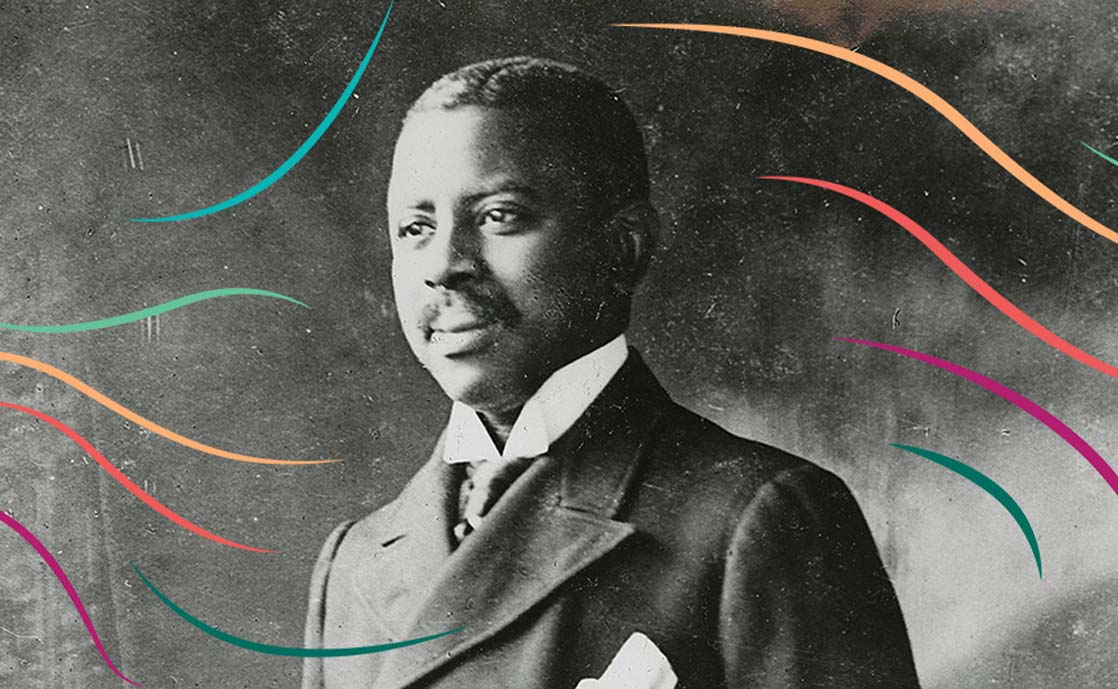

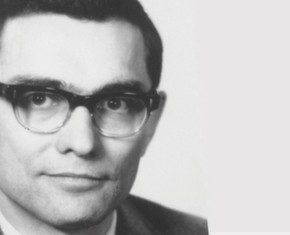
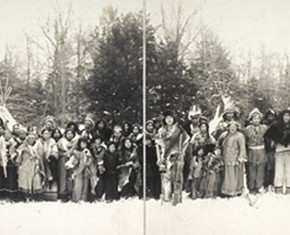
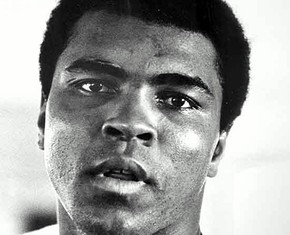
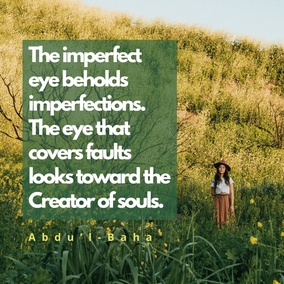
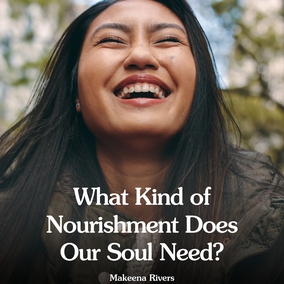


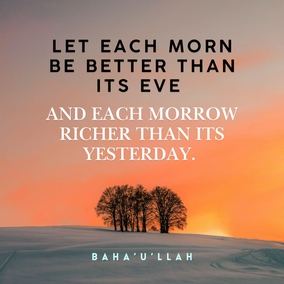
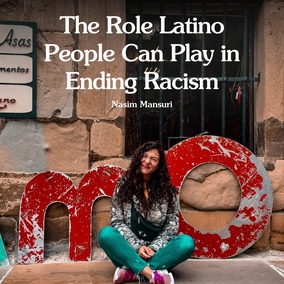



Comments
Sign in or create an account
Continue with Googleor